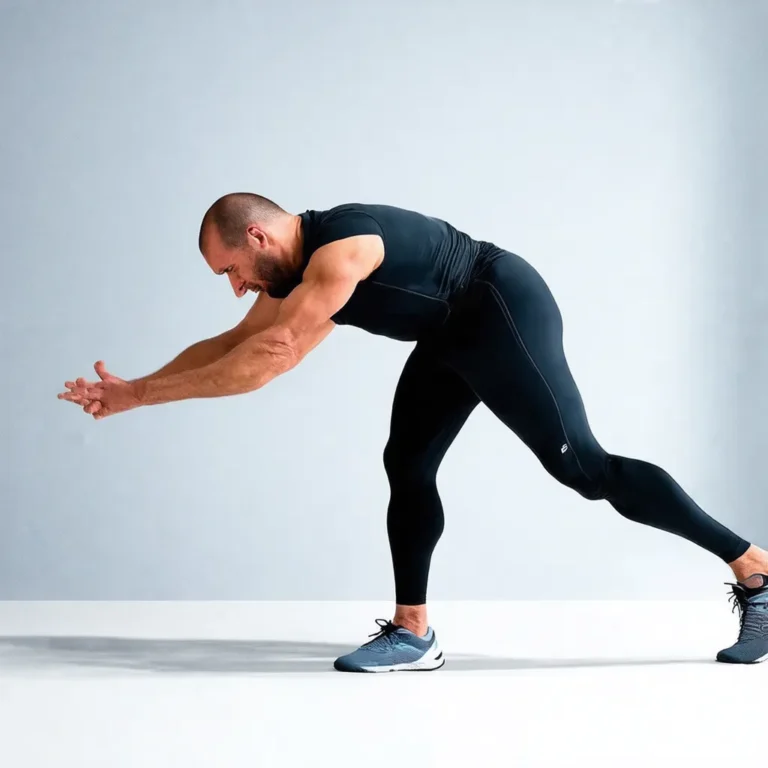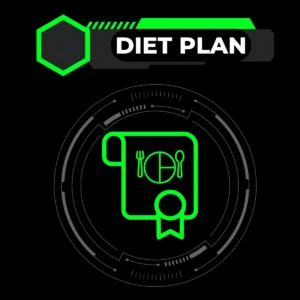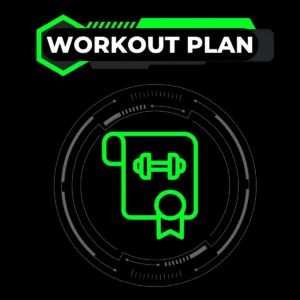Why Dynamic Warm-Ups Are Essential for Injury Prevention
Alright, listen up. Legend has it that LeBron James once dropped this truth bomb:
“Preparation separates the good from the great.”
And you know what? He’s absolutely right. Dynamic warm-ups are like revving your body’s engine before hitting the open road. Instead of just holding stretches (we’ll get to why that’s different later), dynamic moves get your blood pumping, muscles warm, and nervous system fired up. Don’t just take my word for it – researchers at the NIH found athletes who do dynamic warm-ups slash their hamstring injury risk by nearly a third.
Here’s where it gets really cool – dynamic warm-ups actually copy the exact moves you’ll be doing in your sport. Take runner’s lunges, for example. They’re not just flexing your hips; they’re waking up those glutes that’ll power you through sprints. Static stretching? That’s like pressing pause on your muscles – great after workouts, but not what you need when you’re gearing up for action. Check out how they stack up:
| Dynamic Warm-Ups | Static Stretching |
|---|---|
| Improves range of motion dynamically | Lengthens muscles passively |
| Enhances neuromuscular activation | May decrease power output |
| Reduces injury risk during activity | Better post-workout for recovery |
Want to jump right in? Head over to our exercise library – we’ve got step-by-step drills that’ll have you warmed up like a pro.
Key Components of an Effective Dynamic Warm-Up
Let’s break this down. Your warm-up needs three key ingredients – think of it as a recipe for success. First up: mobility work to oil up those creaky joints. Start with 5–10 minutes of light cardio – imagine jogging in place like you’re warming up for your personal highlight reel. Throw in some shoulder circles or hip openers – your joints will thank you later.
Next, wake up those sleepy muscles. Glute bridges are like an alarm clock for your butt muscles – crucial for anyone squatting heavy. Got a resistance band? Try side-stepping like a crab to fire up those glutes. Overhead athletes, listen up: scapular push-ups are your new best friend for bulletproof shoulders. Finish with sport-specific moves – soccer players might weave through cones after high knees, like prepping for that game-winning goal.
Pro tip from coach Tim Grover fans: Pair these moves with deep belly breathing. It’s not just hippie stuff – better oxygen flow means better performance. And hey, if you’re serious about leveling up, our custom training plans can dial in your warm-up intensity like a personal pit crew.
Top 5 Dynamic Exercises for Different Sports
Basketball: Defensive Shuffle to Sprint
Channel your inner Kawhi Leonard with lateral shuffles (5 yards) exploding into sprints. Perfect for those lightning-fast transition plays.
Soccer: Leg Swings & Toy Soldiers
Forward/backward leg swings = unstiff hamstrings. Toy soldiers (straight-leg marches) help soccer stars avoid looking like Tin Man during header attempts.
Weightlifting: Banded Squat Walks
Loop a mini-band above your knees and shuffle side-to-side. Your glutes will scream “thank you” during heavy cleans.
Swimming: Arm Circles & Thoracic Rotations
Shoulder-saving 360s meet spine mobility drills – Michael Phelps’ pre-pool essentials.
Running: Reverse Lunges with Twist
Add torso rotation to hit neglected core muscles – trail runners swear by this move for uneven terrain.
Common Mistakes to Avoid During Warm-Ups
Skipping warm-ups? That’s like trying to bench PR cold – don’t be that guy. Serena Williams spends 20+ minutes warming up for matches. Your 5-minute half-hearted routine? Not cutting it. And hey yoga lovers – save the deep stretches for after your workout. Pre-game static stretching can reduce power by up to 7% according to ACSM studies.
Biggest rookie mistake? Ignoring weaknesses. Tight hips from sitting all day? Do dynamic pigeon poses. Weak ankles? Banded alphabet drills. Check our injury prevention blog for targeted fixes.
How to Progress Your Warm-Up Routine Seasonally
Winter warriors – add 5 extra minutes with Spiderman lunges to thaw those frozen hips. Summer athletes? Use that natural flexibility for agility ladder drills at race pace. Periodization isn’t just for workouts: During heavy lifting phases, add scapular stability moves before bench days. Track readiness with fitness tech – think smartwatches measuring heart rate variability.
Science-Backed Benefits of Dynamic Stretching
A 2021 study in the Journal of Sports Science showed dynamic stretchers squat 15% deeper than static counterparts. Translation: better mobility equals better lifts. It’s not just about range – dynamic warm-ups enhance proprioception, making ankle rolls 37% less likely according to NCAA data. Bottom line? Dynamic prep = prime-time performance.
Customizing Warm-Ups for Your Fitness Level
Newbies: Start with 5 minutes of power walking and basic bodyweight moves – think air squats with high fives. Seasoned athletes? Jump into plyo skips or med ball slams for explosive priming. Rule of thumb: If you’re sore from deadlifts yesterday, prioritize dynamic hip openers. Our bodies change daily – your warm-up should too.
FAQ
What’s the difference between dynamic and static stretching?
Think of dynamic stretching as stretching in motion – like leg swings during warm-ups. Static is holding positions like toe touches. Dynamic preps you for action while static helps you cool down.
How long should a dynamic warm-up last?
10–15 minutes golden rule. Freezing outside? Add 5. Prepping for max lifts? Go longer. Your body’s the best timer – when you feel loose and ready, you’re set.
Can dynamic warm-ups improve sprint times?
You bet! Studies show dynamic routines boost acceleration power by 5–8%. Translation: You’ll explode out of the blocks faster.
Are there sport-specific warm-up exercises for runners?
Every runner needs three essentials: Leg swings to loosen hammies, A-skips for knee drive, and reverse lunges with twists to engage that trail-running core.



